A new show explores the evolution of Europe's most invigorating – if unlikely – fashion capitals
Much has been said about Belgian fashion since the Antwerp Six emerged on the international fashion scene. Even more has been said in recent years, what with Raf Simons shooting to star-designer status at Dior and the surprise move of John Galliano to the creative top position at Belgium’s most iconic and enigmatic design house, Maison Margiela.
But there are many designers that came before, in-between and after. An exhibition at the Centre for Fine Arts (BOZAR) in Brussels uncovers the history, present and future of Belgian fashion. Here Didier Vervaeren, the show’s curator, talks to us about The Belgians: An Unexpected Fashion Story, choosing an image that illustrates each theme within the exhibition and explaining their poignancy.
Exhibition poster
“It was really difficult to find an image that represents Belgian fashion, because it’s not only one person, it’s not only one style. When selecting images for the exhibition I became obsessed with Kristina and Margiela. Kristina de Coninck, the model in this photo, is a big part of the Belgian story. She was there in Antwerp in the 80s, and belonged to the group that also included make-up artist Inge Grognard and photographer Ronald Stoops. So the poster is a tribute to those people who created something strong then, that’s still strong now. I also liked the idea of taking an image which people in fashion don’t know yet.”
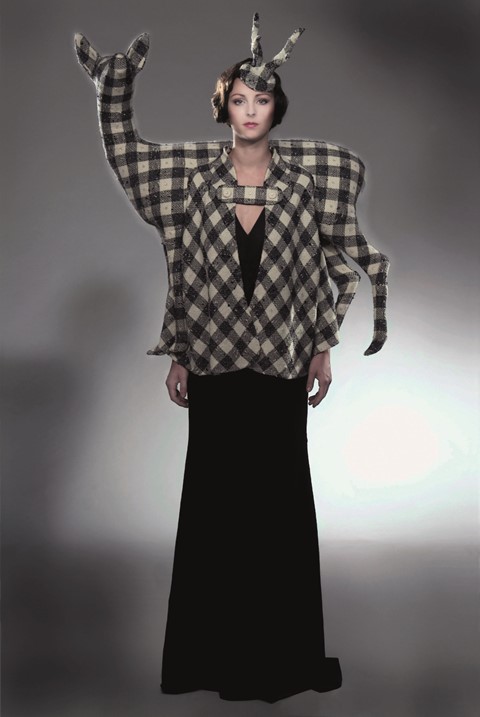
Heritage
“Heritage is the first room upon entering the exhibition. It’s a surreal tribute to that typical Belgian sensibility. To understand the fashion, you need to understand that Belgium is a bit of an eccentric country. For this room I selected some really different things – Christophe Coppens but also the Golden Spindle, which Ann Demeulemeester won in ’82. I don’t think Belgian fashion is realist, there’s always something a bit outside of the box.”
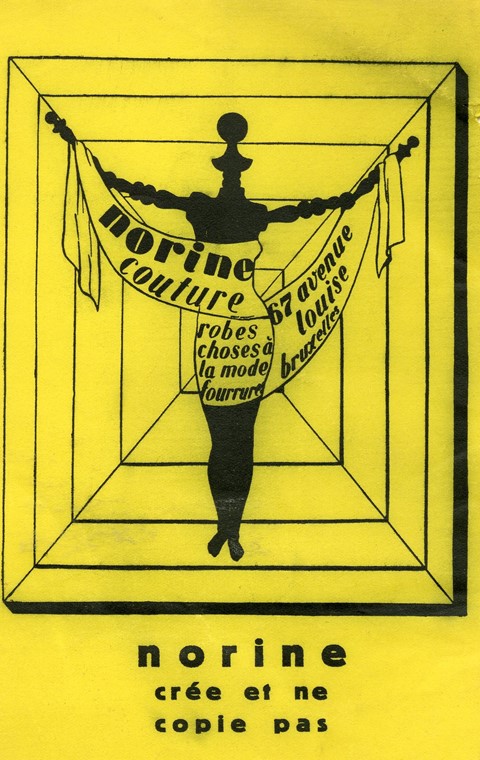
Maison Norine
“Norine was the first Belgian designer. She’s our grandmother! She was an eccentric woman who lived in Brussels in the crazy Twenties. She’s really important as the pioneer of the pioneers. This image is really unconventional for that time. Her DNA is the same as that of the really talented designers of today – it’s in the tagline: create, don’t copy. All Belgian design is about creation, not following others.”
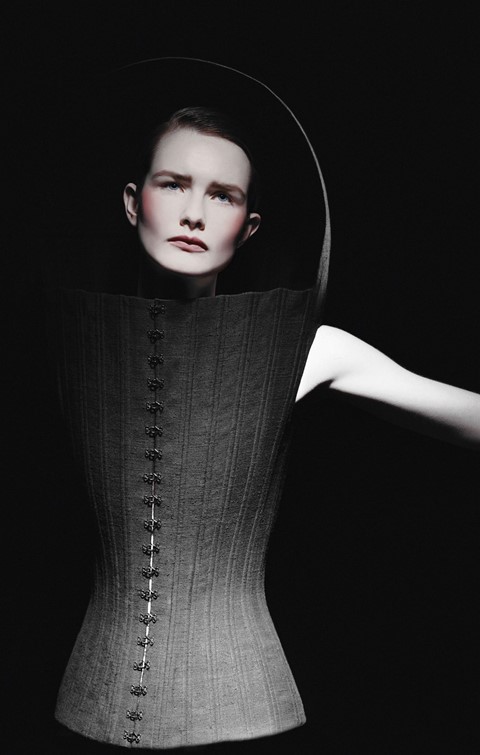
Avant Garde
“This theme unites designers who started in fashion with an entirely personal style. I chose this Olivier Theyskens image because – coming after all those really strong designers like the 6, Margiela, Raf – he added a French avant-garde element to Belgian fashion, a strong style that’s still strong now.”
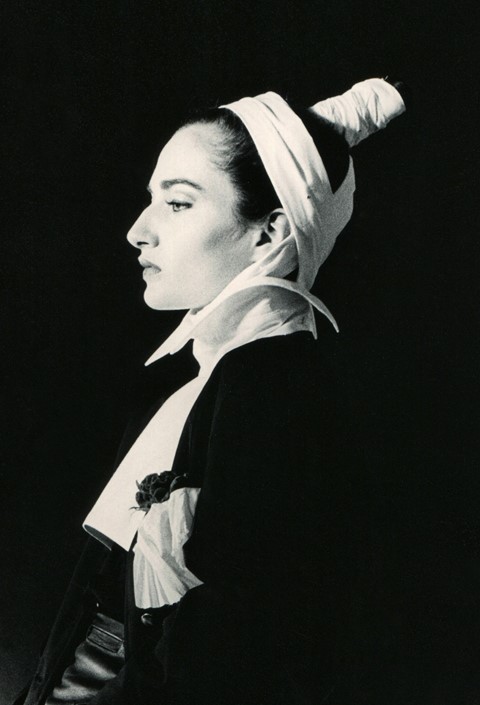
Portraits
“The portraits room features five designers: Walter Van Beirendonck, Ann Demeulemeester, Diane Von Furstenberg, Olivier Theyskens and Elvis Pompilio. Some of them are really narcissistic in a way: they design for themselves and not for the audience. I chose this image from the time of Ann’s Golden Spindle prize. This image is black and white, it’s a strong profile, it looks distinctly Flemish, her DNA is already all there.”
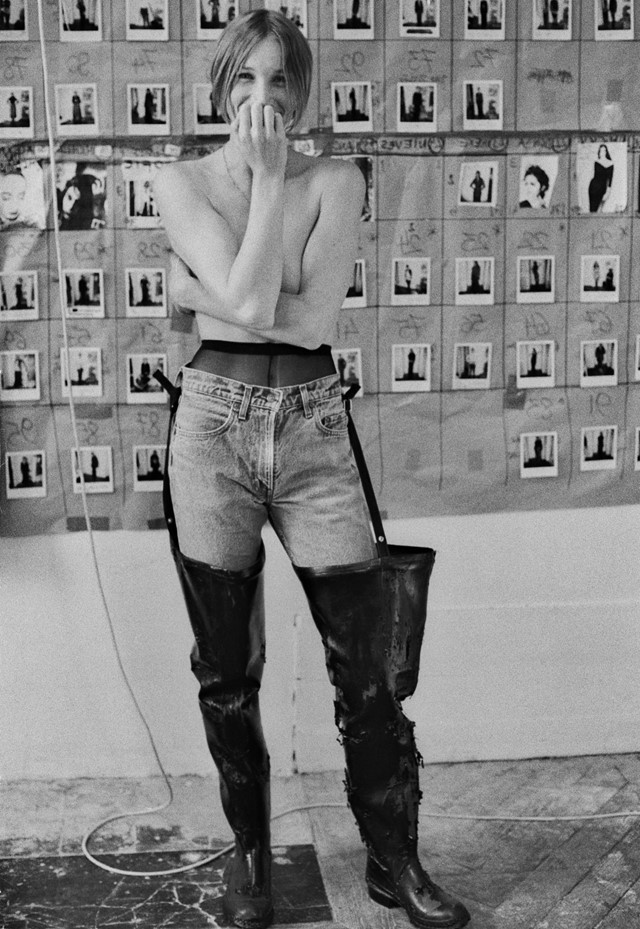
Laboratories and Margiela
“There are two sections in this room; the schools and Margiela. Why Margiela? It’s impossible to fully include him in the other rooms. He’s the father of Belgian fashion. He is one big laboratory. He’s all about experimentation. He had thousands of concepts and was able to commercialize them. His work is really arty, but in the end you buy a garment. He’s the greatest one for me. But ultimately I think there is no Belgian fashion without the schools. What’s really important to understand is that in Belgium, fashion is taught in art schools. You study fashion as you would sculpture, drawing or graphic design. Belgium’s fortunate to have those schools and really good professors. It’s really unique; imagine going to school and your teacher is Walter van Beirendonck! Or Marina Yee in Ghent! It’s incredible. Everybody hates to say fashion designers are artists but I think they are. They create a world, not just a piece of clothing.”
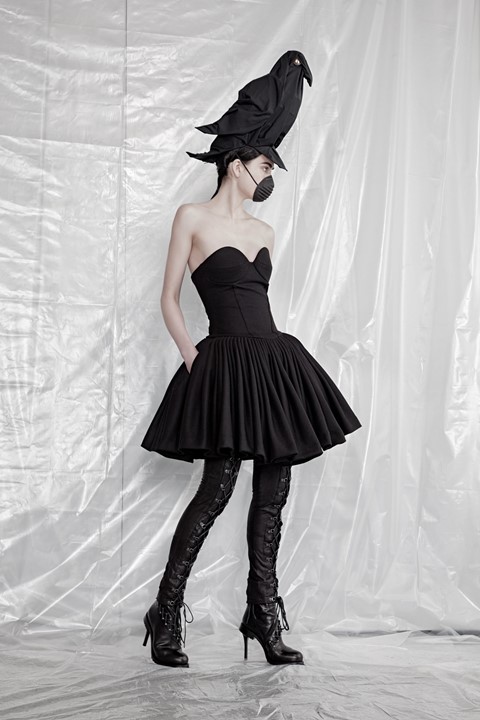
Vocabulary
“There are also five designers in this room: A.F. Vandevorst, Dries Van Noten, Raf Simons, Jean-Paul Lespagnard and Edouard Vermeulen from Nathan. Let’s say it’s about singularity as a trademark. A.F. is the best example. In their very first collection they already offer everything they are. The signature, the fabrics, the colour, it’s really strong. Their vision, that story, is still the same today. They create a vocabulary, and every season they invent new words.”
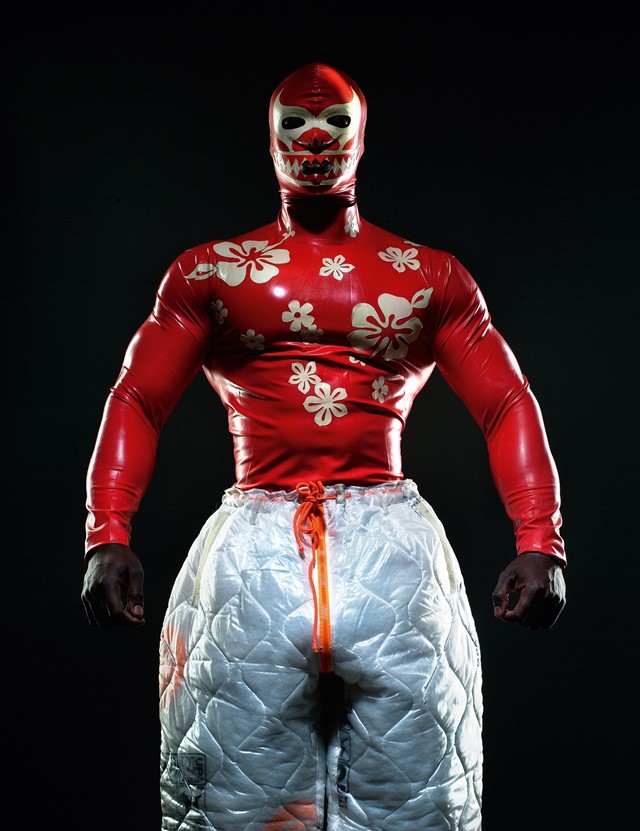
Love Story
“After all these previous rooms that help us understand Belgian fashion, this is a room filled with designers who collaborate with artists like Dries Van Noten, who designs costumes for Anne Teresa de Keersmaeker and A.F. Vandevorst who design for Flanders’ Royal Ballet. The image is of a Walter Van Beirendonck costume he created for the Opéra de Paris and we also show a dress that Ann Demeulemeester designed for a Madonna statue in a church in Antwerp. I want to show how those names create fashion not for fashion’s sake but for art’s sake. They are artists themselves, who connect with culture.”
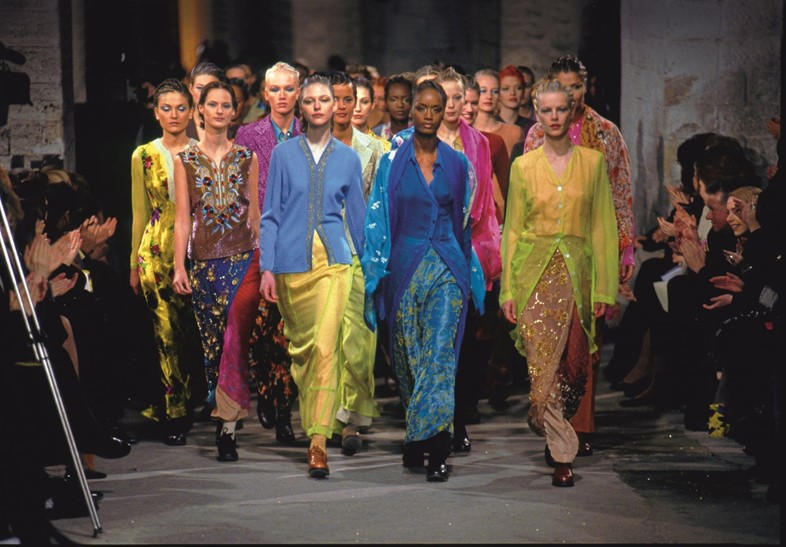
Limitless
“This room shows how Belgian fashion is now all over the world. At the beginning everyone was discreet and focused. My first example is Raf Simons. Today, he’s almost a god, taking over Christian Dior – it’s a sign of the evolution of Belgian fashion. There’s a new dimension now. They take up such a big place in the industry. Dries Van Noten stayed really discreet throughout and very focused on his style, but now from the Six you could say he’s the Armani of Belgium. His career is incredible. The image I chose is from his Bollywood collection in ‘93. It’s fascinating to see how those Belgians are still around 30 years later, strong and respected by the industry.”

Worthwhile
“After all these ideas of Belgian fashion being so big, I would like to imbue these last two rooms with a new message about a new generation, or people working in a different way. Some of them are really invested in sustainability and the future. The image is from Eric Beauduin, a Brussels designer who for ten years has created bags and leather goods from old leather jackets and coats. Sustainability can be boring so I think it’s really important to see good design. In Belgium we have the likes of Bruno Pieters with Honest By, Jan-Jan Van Essche and Katrien Van Hecke.”
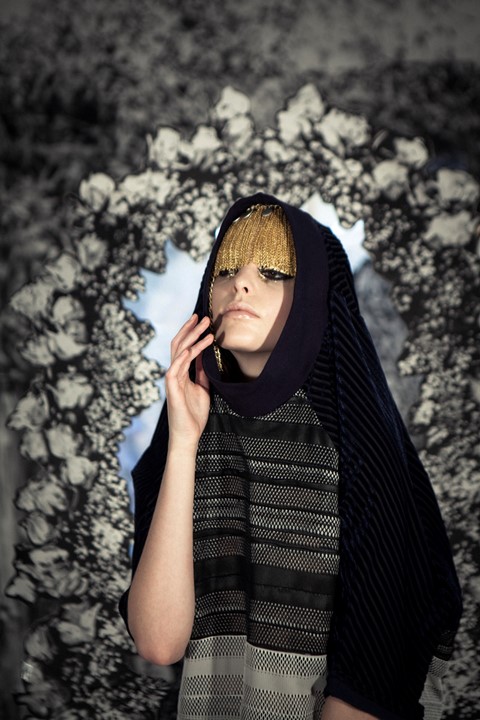
Nouvelle Vague
“This picture is of KRJST, a group of students who studied at L'Ecole de la Cambre. The new generation operates in collectives a lot. They understand fashion can be made with a group. For me KRJST represents a new generation that understands what came before, but can find their own place. It’s difficult to be a designer when you succeed Margiela, Dries, Ann, Raf… They are so strong that to find your own place and style isn’t easy. The girls from KRJST show that it’s possible.”
The Belgians: An Unexpected Fashion Story is at BOZAR until September 13.
